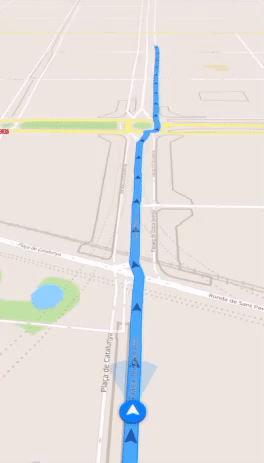特徴
オフラインのモバイルマップで旅行がもっと面白く、忘れられない体験に変わる!
人気スポット
当社のオフラインマップは、旅行者によって書かれた質の高い説明、写真、レビューを特徴とした、人気スポットに関する情報を提供します。
高品質のコンテンツ
マップ上のすべての場所の説明、写真、旅行者によって書かれたレビューを見ることができます。
通信料を節約しましょう!
アプリのすべての機能はオフラインで利用できます!旅行の前にマップをダウンロードし、モバイル・トラフィックに保存するだけ!
近くの人気スポットを探しましょう!
おすすめの場所に加えて、ガイドの中で数万にも及ぶ便利な場所を見つけることができます。(ホテル、レストラン、ATM、公共交通機関の停留所、興味深いポイント、など。)
オフラインナビゲーション
自動車、徒歩、自転車での最適なルートがオフラインで計画できます! 位置情報を保存いつでも簡単に帰り道を探すことができ、道に迷うことはありません。
天気予報と通貨換算!
最新の天気予報と 200 以上の通貨に対応した便利な通貨換算機!
人気の観光スポット
オフラインマップ上で見つけられる観光スポットのリストがあります。
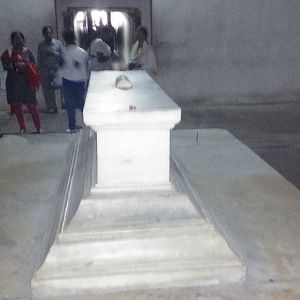
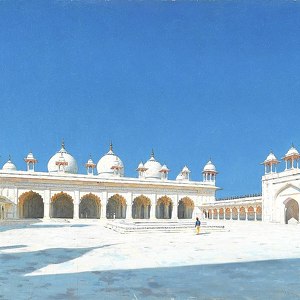
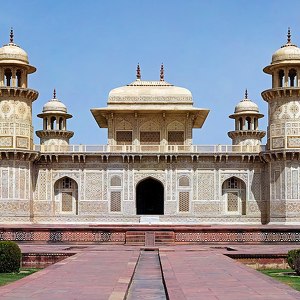

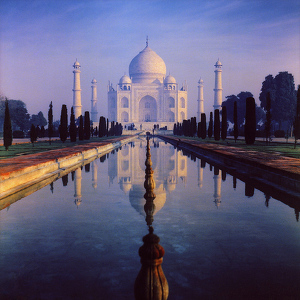
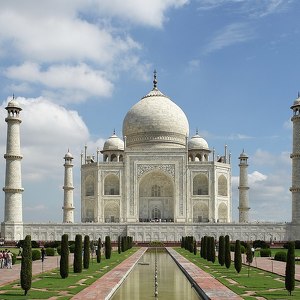
アクバル廟
1605年にアクバルが死亡したのち、アーグラのシカンドラーで建設が始まり、1613年に建築が終了した。 1687年、アウラングゼーブの治世にアクバル廟はジャートによって荒らされた。その際、廟の高価な宝石類や金銀の硬貨は持ち出され、アクバルの遺骨は火の中に投げ込まれ...
イティマード・ウッダウラ廟
イティマード・ウッダウラ廟(ウルドゥー語: اعتماد الدولہ کا مقبرہ, Tomb of I'timād-ud-Daulah)は、インド のアーグラにあるムガル帝国の宰相ミールザー・ギヤース・ベグの墓廟。
ムムターズ・マハル
ムムターズ・マハル(ヒンディー語: मुमताज़ महल Mumtāz Mahal, ペルシア語: ممتاز محل Momtāz-i Maḥal, 1595年4月6日 - 1631年6月17日)は、北インド、ムガル帝国第5代皇帝シャー・ジャハーンの皇妃で、第6代皇帝アウラングゼーブの母。 宮廷の大富豪アーサフ・ハーン...
カウンター

6
人気スポット

36
観光スポット

500
ホテル

143
カフェとレストラン
お問い合わせ
お問い合わせは、こちらのフォームに記入してください
 |
 |
 |





